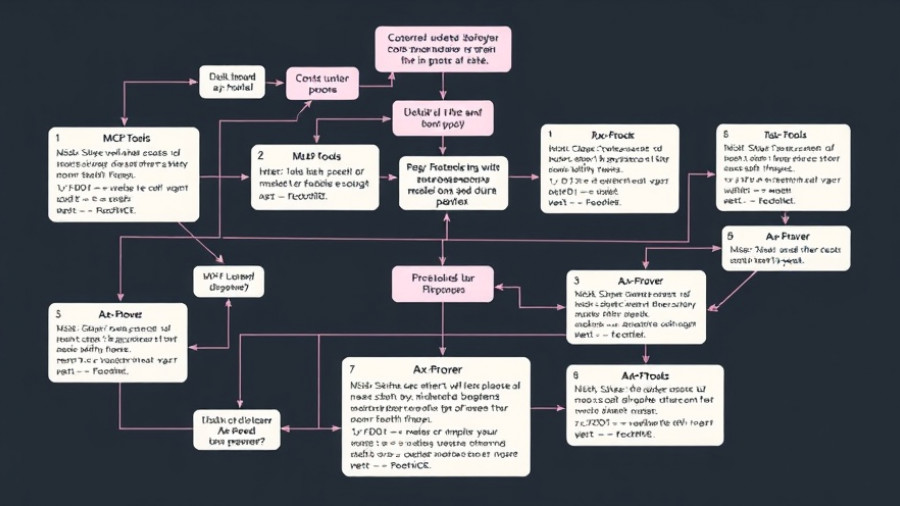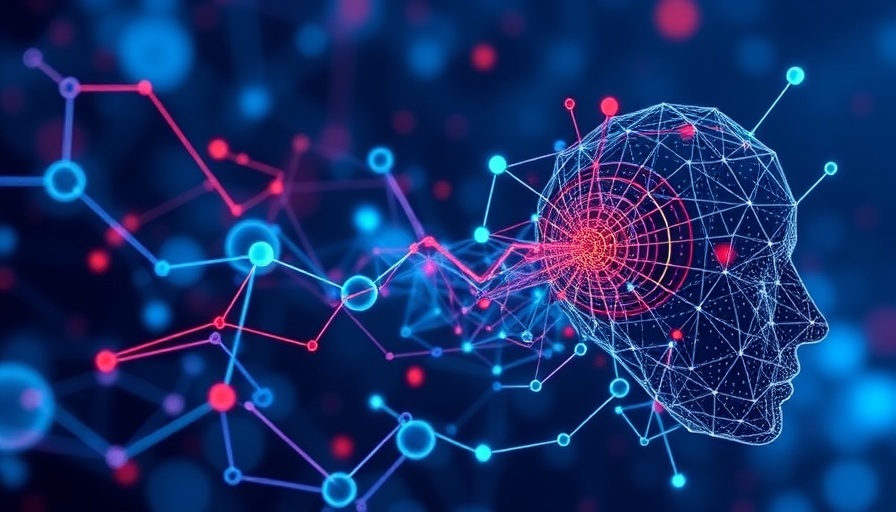
LG’s Entry into the Deep Reasoning AI Arena
In an impressive move that signals South Korea's growing influence in the AI landscape, LG has launched Exaone Deep—an open-source artificial intelligence (AI) model that has successfully outperformed major players like OpenAI and Google in reasoning capabilities. With the increasing adoption of AI technologies around the globe, this development marks a significant milestone both for LG and the broader AI community.
Understanding Deep Reasoning AI
Deep reasoning AI refers to the ability of artificial intelligence to comprehend, process, and reason about complex tasks and data in a manner akin to human thought processes. Unlike traditional AI that relies strictly on pattern recognition, deep reasoning AI involves a more sophisticated understanding of context and implications. LG's Exaone Deep not only excels in areas such as scientific comprehension and mathematical logic but also emphasizes long-context understanding— a crucial aspect of making AI interactions more human-like.
Competing in a Crowded Field
The race towards developing superior AI reasoning models is dominated by several key players including OpenAI, Google's DeepMind, and China's DeepSeek. Each has made strides in enhancing their AI models; however, LG's recent announcements indicate they are not merely joining the competition but potentially reshaping the offerings in this space. LG's Exaone Deep builds upon its previous model, Exaone 3.5, showcasing advancements in both problem-solving and instruction-following accuracy—elements that are crucial for effective AI communication in various applications.
Implications for the AI Industry
LG's emergence in the deep reasoning AI space has broader implications for the industry at large. As the demand for intelligent and capable AI systems rises, companies must constantly innovate to maintain a competitive edge. By outperforming major competitors in key tests, LG has signaled that there is room for new entrants in a field typically characterized by a few dominant players. This could lead to more diverse AI solutions being available in the market, ultimately benefiting consumers and businesses alike.
The Future of AI Reasoning: What’s Next?
As LG continues to develop Exaone Deep, the prospects for future iterations hold exciting potential. Innovations may not only include improved reasoning capabilities but could also integrate ethical AI practices ensuring the technology is responsible, transparent, and beneficial for society. This focus on ethics is increasingly emphasized in discussions surrounding AI, as the implications of misuse or biased outputs remain significant concerns for users and developers.
How This Affects You
For those keen to understand deep reasoning AI, LG's developments signal a pivotal moment. As AI systems like Exaone Deep become more impactful in daily life, recognizing their capabilities and limitations is essential. This newfound technology can enhance various areas including education, healthcare, and even creative industries by providing deeper insights and facilitating more thoughtful interactions between users and machines.
Final Insights and the Road Ahead
As LG continues its commitment to innovative AI technologies, the introduction of Exaone Deep does not only represent a challenge to existing norms but also invites critical discussions on the direction AI will take in the coming years. The interplay between competition and collaboration could well dictate the advancements in AI reasoning, shaping our digital future.
As both industry practitioners and consumers, grasping the evolution of deep reasoning AI opens up avenues for exploration and engagement with emerging technologies. Stay informed as LG and others push boundaries in AI developments that may transform the landscape of how we interact with technology.
 Add Row
Add Row  Add
Add 




Write A Comment